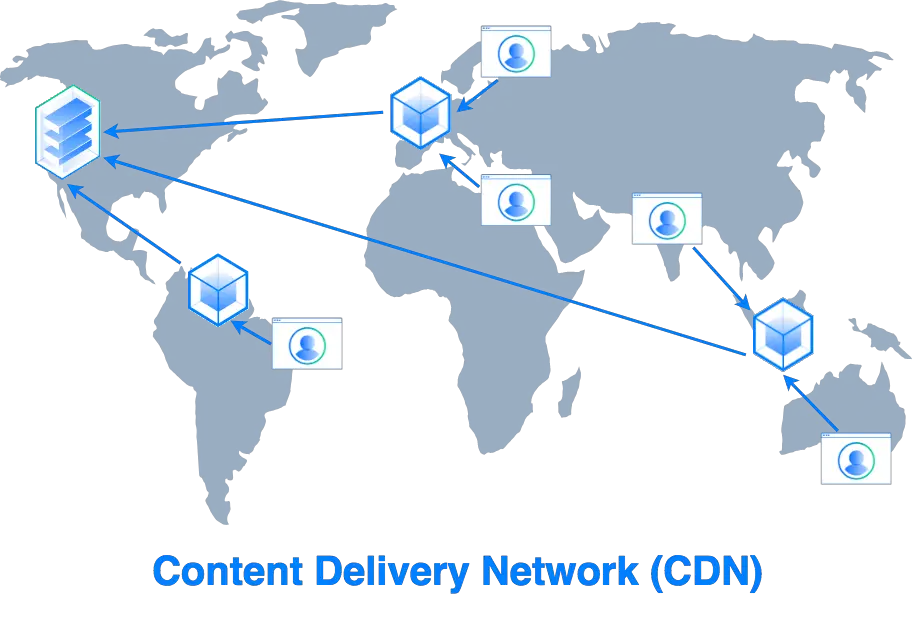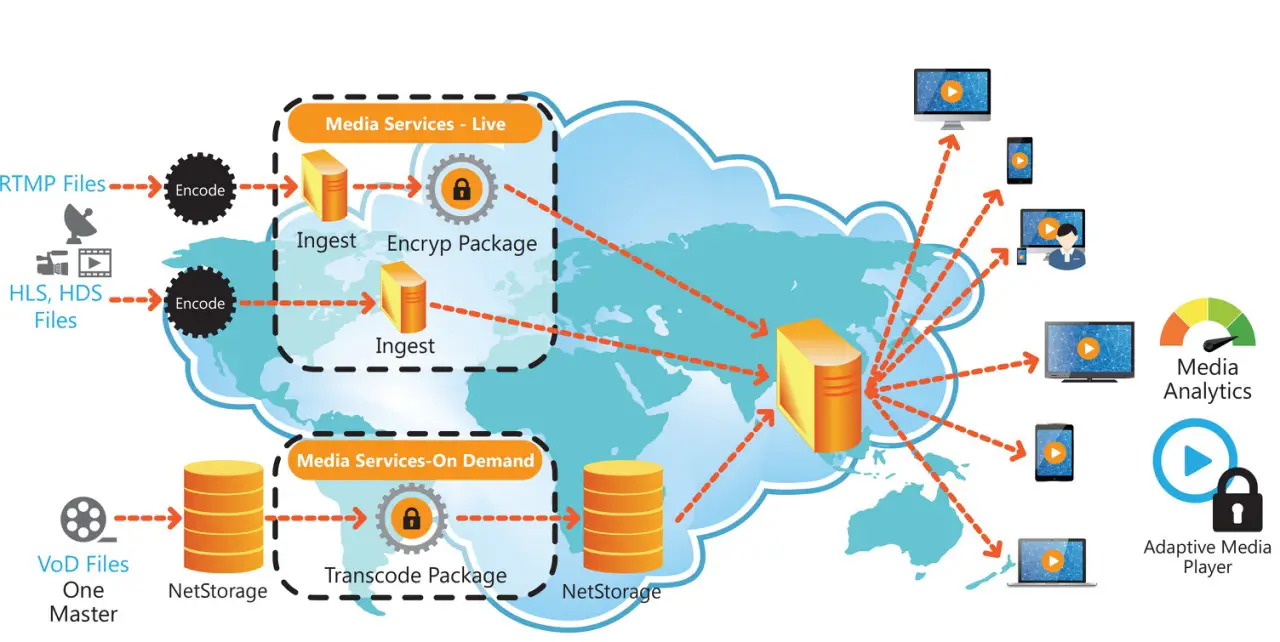Evolution of CDN Technologies in Digital Content Delivery

CDN (Content Delivery Network) technologies have undergone significant evolution to meet the growing demands of digital content consumption. Key milestones include:

- 1990s: Genesis of CDNs: Early CDN pioneers like Akamai and Limelight Networks emerged, delivering static web content to improve website performance.
- 2024s: Streaming Video and Edge Computing: CDNs began supporting streaming video and introducing edge caching nodes to reduce latency.
- 2024s: Mobile Content Boom and Personalized Delivery: Mobile optimization and algorithms emerged to enhance content delivery for smartphones and tablets.
- 2024s: Cloud-Native and AI-Driven CDNs: CDNs leveraged cloud infrastructure to scale and adopted AI to optimize content delivery based on user behavior.
Future of CDN Technologies

Continued advancements in technology and emerging trends will shape the future of CDN technologies. Key areas of innovation include:
1. Cloud-Native Architectures:
- CDNs will continue to embrace cloud-native platforms to gain scalability, elasticity, and cost-effectiveness.
- Hybrid and multi-cloud strategies will allow CDN providers to optimize performance and reduce vendor lock-in.
2. Artificial Intelligence and Machine Learning (AI/ML):
- AI/ML will enhance CDN performance by optimizing caching, routing, and load balancing.
- Predictive analytics will enable CDNs to anticipate user demand and deliver content proactively.
3. Edge Computing and 5G:
- Edge caching will expand closer to end users via edge data centers.
- 5G networks will enable lightning-fast content delivery with low latency.
4. Virtualization and Containerization:
- CDNs will adopt virtualization and containerization to simplify management and improve resource utilization.
- Network function virtualization (NFV) will allow CDNs to create virtualized network services.
5. Programmatic Content Delivery:
- CDNs will integrate with programmatic advertising platforms to enable targeted and personalized content delivery.
- Advertisers will use data and analytics to optimize ad placement and maximize return on investment (ROI).
6. Enhanced Security:
- CDNs will prioritize data privacy and security to protect user information.
- Technologies like encryption, authentication, and DDoS mitigation will become increasingly important.
7. Interconnection and Peering:
- CDNs will establish peering relationships with internet service providers (ISPs) and other networks to optimize connectivity.
- Interconnection will improve content delivery performance and reduce costs.
8. Sustainability and Environmental Impact:
- CDNs will explore ways to reduce their environmental footprint by optimizing energy consumption and utilizing renewable energy sources.
- Green computing initiatives will become more prevalent in the industry.
Conclusion
CDN technologies will continue to evolve to meet the demands of the digital content ecosystem. Cloud-native architectures, AI/ML, edge computing, and other innovations will drive improvements in performance, security, and sustainability. CDNs are poised to play a critical role in ensuring seamless, high-quality content delivery for the foreseeable future.
